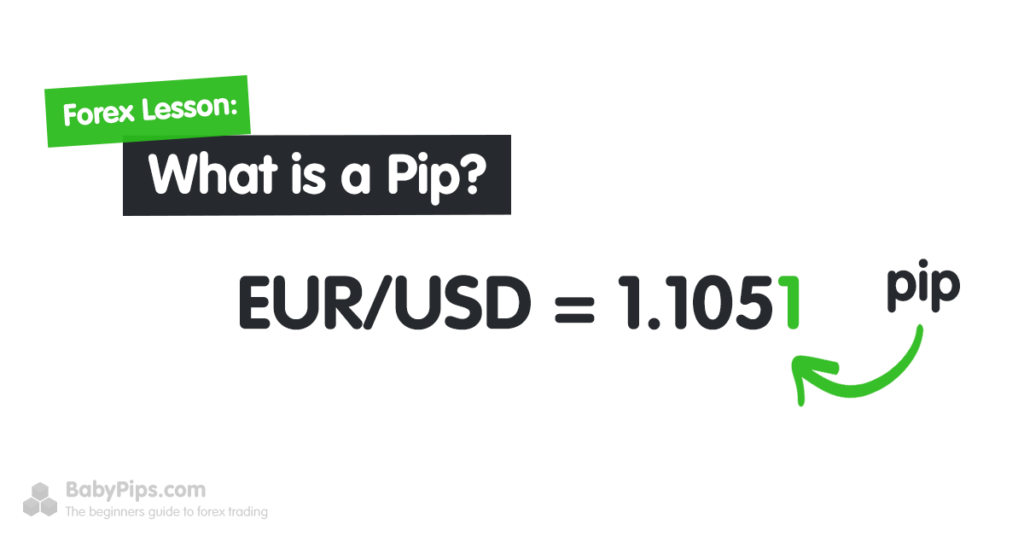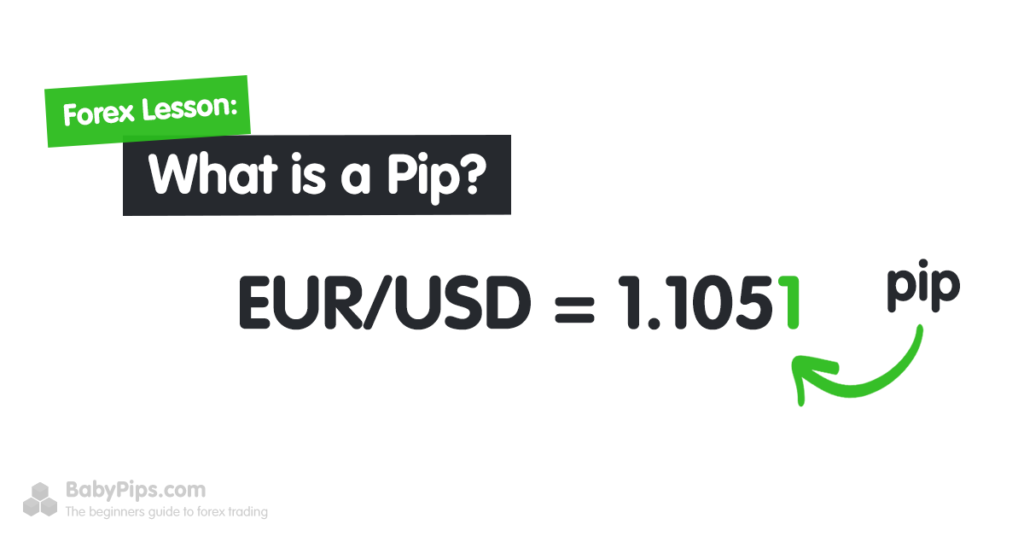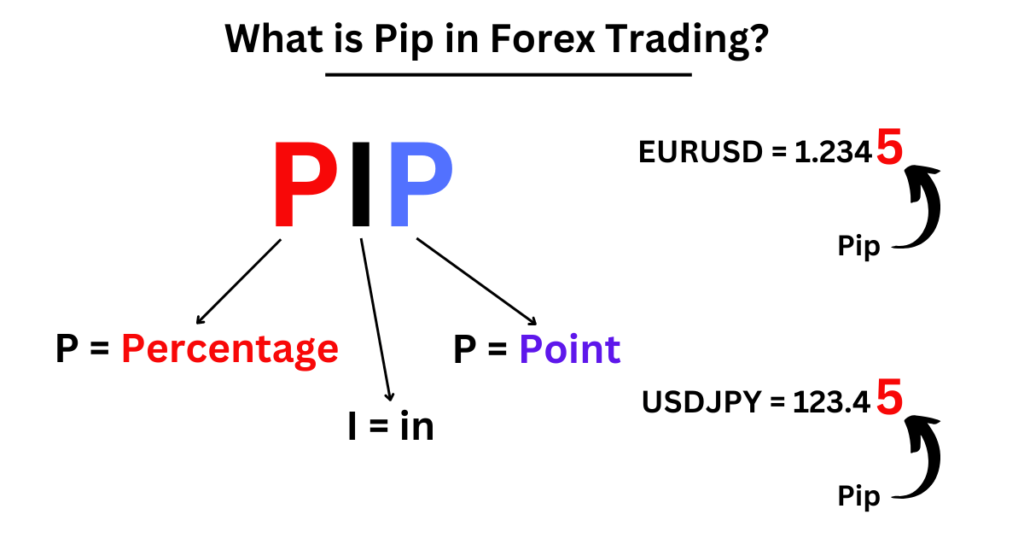What is a pip in forex

Understanding Pips in Forex Trading
A pip, short for "percentage in point," is a unit of measurement used in the forex market to represent the smallest price movement made by a currency pair. It is an important concept to grasp for anyone interested in forex trading as it determines the profits or losses earned from a trade.
For those venturing into the intricate world of forex trading, understanding key concepts is crucial. One such fundamental term is "pip," an acronym for "percentage in point." Pips play a central role in measuring price movements in the forex market and are essential for evaluating profits and losses.

How Pips are Calculated
Pips are typically calculated to the fourth decimal place for most currency pairs. The exception is the Japanese yen, where pips are calculated to the second decimal place. For example, if the EUR/USD currency pair moves from 1.1500 to 1.1501, it has increased by one pip.
Pips are usually measured in relation to the quote currency, which is the second currency in a currency pair. Traders often refer to pips as the "basis point value" in their trades.
Importance of Pips
Pips play a crucial role in determining the profitability of a trade. The value of each pip depends on the trade size and the currency pair being traded. For example, if a trader buys 1 standard lot (equivalent to 100,000 units) of the EUR/USD currency pair and the price moves by 10 pips in their favor, they would earn $100 (10 pips x $10 per pip = $100).
Understanding pips is essential for risk management and setting appropriate stop-loss and take-profit levels. Traders often aim for specific pip targets to determine their profit objectives and manage their risk accordingly.
Factors Affecting Pip Values

Several factors can influence the value of a pip, including the currency pair being traded, the currency in which the trading account is denominated, and the lot size. It is essential to consider these factors when calculating potential profits or losses in a trade.
Additionally, the concept of fractional pips, or pipettes, exists. A pipette represents a movement of 1/10 of a pip and is used to provide more precise pricing information.
Differentiating Pips and Pipettes
In some currency pairs, especially those involving the Japanese yen, the concept of "pipettes" comes into play. A pipette represents a movement of 1/10th of a pip. While most currency pairs are quoted with four decimal places, some pairs, particularly the yen pairs, are quoted with two decimal places. In these cases, a movement of one pip is equivalent to ten pipettes.
Pips in Profit and Loss
Understanding pips is essential for calculating profits and losses in forex trading. When a currency pair moves in the direction you anticipated, the change in pips determines your gain. Conversely, if the market moves against your position, the loss is also measured in pips. Traders often use pips as a metric to set stop-loss and take-profit levels to manage risk and reward in their trades effectively.
Volatility and Pips
Forex markets can be volatile, with currency pairs experiencing significant price fluctuations within short periods. Traders closely monitor pip movements, especially during news releases or economic events, as increased volatility can impact trading decisions. Higher volatility may lead to larger pip movements, presenting both opportunities and risks for traders.

Conclusion
Pips are a fundamental concept in forex trading, representing the smallest price movement in a currency pair. Understanding pips is crucial for calculating potential profits or losses, setting appropriate risk management levels, and determining profit objectives. By grasping the concept of pips, traders can make informed decisions and improve their chances of success in the forex market.

Leave a Reply